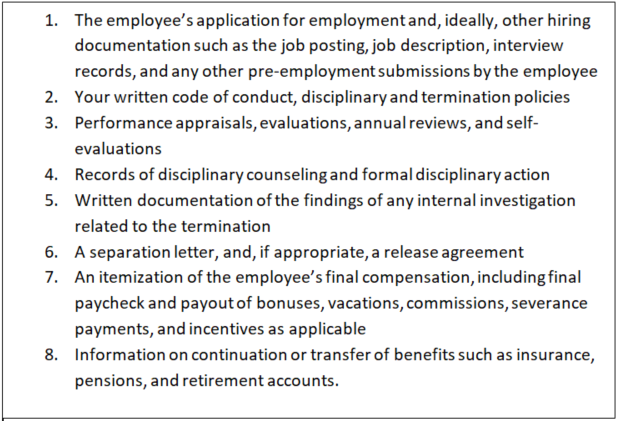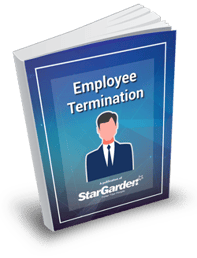Employee Termination Challenges in a Municipal Environment
Let's face it: Municipalities face unique issues and challenges when it comes to terminating employees compared to their counterparts in the private sector. Firing an employee the "right" way is imperative.
Read on to get our quick 8-point checklist for employee termination and download our complimentary ebook "Employee Termination" to ease the termination process and reduce risk.
Common Issues Faced by Municipalities When Terminating Employees

Terminating a municipal employee can be a difficult decision, fraught with bad feelings on everyone’s part, and the risk of potential litigation. And the court of public opinion is real.
Here are some common issues faced by municipalities when having to terminate employees:
- Aggressive job protectionism by public sector unions
- Sometimes difficult-to-prove incompetence within a government job
- Risk mitigation and public opinion when terminating an employee, (Damned if you do; damned if you don't.)
- Less focus (compared to the private sector) on downsizing during economic downturns
Unfortunately, whether due to performance, behavior issues, or general economic downturns, letting an employee go is a necessary part of our society. Separating employees may have grievances related to perceived unfair treatment, discrimination, or retaliation, as well as wage and hour complaints.You can make the termination process easier for everyone, by following these general guidelines outlined below.
Download our complimentary eBook with more helpful information about easing the termination process and reducing risk.
Timing is Everything
How you terminate someone is often just as important as why you let him or her go. Treating your employees like criminals – before or after their termination – fosters resentment and hostility, and increases the risk that you will face a lawsuit.
Plan appropriately for a termination. Have your paperwork prepared, and meet with the employee privately. Don’t schedule the meeting for first thing in the morning or last thing on Friday afternoon. The employee’s direct supervisor should inform the employee of the termination, and a member of the company’s management, HR, or legal team should also be present. If security is necessary, have them available but not present in the termination meeting. Be direct and straightforward about the reasons for termination, but don’t expound or allow yourself to be drawn into an argument or emotional discussion. Have knowledgeable HR representatives available to discuss the employee’s insurance issues, retirement accounts, and options for continuing medical coverage (i.e., COBRA in the U.S.).
Whenever possible, it's best to let an employee know s/he is terminated before canceling access to company systems (such as buildings, computer and network systems, etc.) or publicizing the news: No one wants to find out they've been terminated on Twitter.
Document, document, document!
Whether prescribed by law, contract, agreement, or company policy, you should set out the terms of your discipline and termination policies in writing (online and/or in a written handbook). Make sure that your employees receive and acknowledge receipt of the policy, and update this regularly. (You can do this easily with an online, automated workflow.)
When putting together a termination package, be sure to include all relevant documentation and information.
Here's our 8-point checklist to have on hand when terminating an employee.

Want a more detailed review of Employee Termination? Download our complimentary eBook with helpful information about easing the termination process and reducing risk.
References
- https://nationalpost.com/news/canada/why-is-it-so-impossible-to-fire-a-government-employee
- https://www.pressreader.com/canada/national-post-latest-edition/20180220/281522226565542

